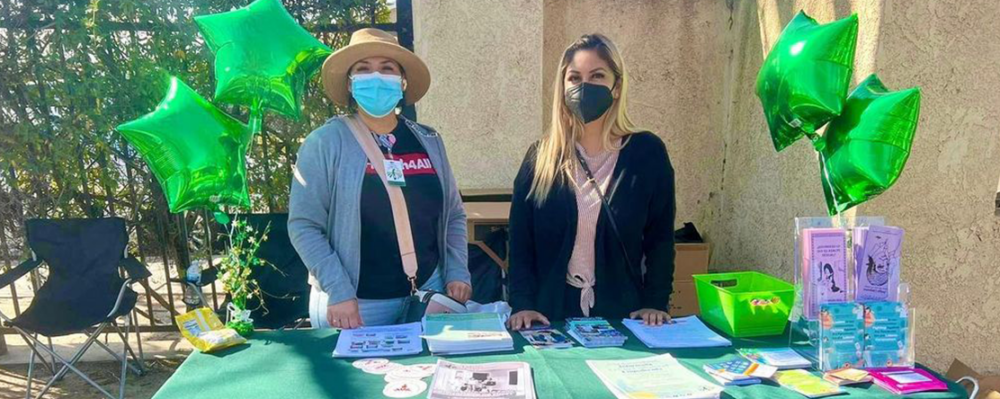
Statement
The Public Health Institute Welcomes New USDA School Meal Nutrition Standards as Important Step to Curbing Childhood Obesity
-
Focus Areas
Chronic Disease Prevention, Healthy Communities -
Issues
Nutrition & Food Security, Population Health -
Expertise
Public Policy Advocacy
The Public Health Institute (PHI) welcomes new standards released today by the U.S. Department of Agriculture (USDA) that will significantly improve the nutritional value of school meals served to approximately 32 million children every day. The standards will ensure that children are offered fruits and vegetables every day of the week as well as more whole grain-rich foods and only fat-free or low-fat milk. Meals will also be required to contain less sodium and trans fat.
“At a time when more than one third of U.S. children and adolescents are estimated to be overweight or obese, these new standards represent an important step toward putting our kids back on the path to good health,” said Mary A. Pittman, DrPH, president and CEO of PHI.T
he new nutrition standards, unveiled today by Agriculture Secretary Tom Vilsack with First Lady Michelle Obama, were mandated by Congress in the Healthy, Hunger-Free Kids Act (HHFKA), signed into law by President Obama in late 2010. The standards bring the 15-year-old school meal nutrition standards in line with the current Dietary Guidelines for Americans.
PHI not only vigorously advocated for the school meal guidelines to be revised under the HHFKA, but for decades has supported advocacy and programming efforts to improve food and physical activity environments in order to prevent obesity. Increasing access to healthy foods in schools has been a consistent focus. PHI’s signature obesity prevention and nutrition programs include the California Convergence, California Project Lean and the Network for a Healthy California.
“It is very gratifying to see what we have advocated for years adopted at the national level,” said Matthew Marsom, vice president for public health policy and advocacy at PHI. “Improving the nutritional value of food that kids are fed in schools is one of many important strategies that need to be implemented to start to reverse the childhood obesity epidemic.”
More Updates
Work With Us
You change the world. We do the rest. Explore fiscal sponsorship at PHI.
Support Us
Together, we can accelerate our response to public health’s most critical issues.
Find Employment
Begin your career at the Public Health Institute.



